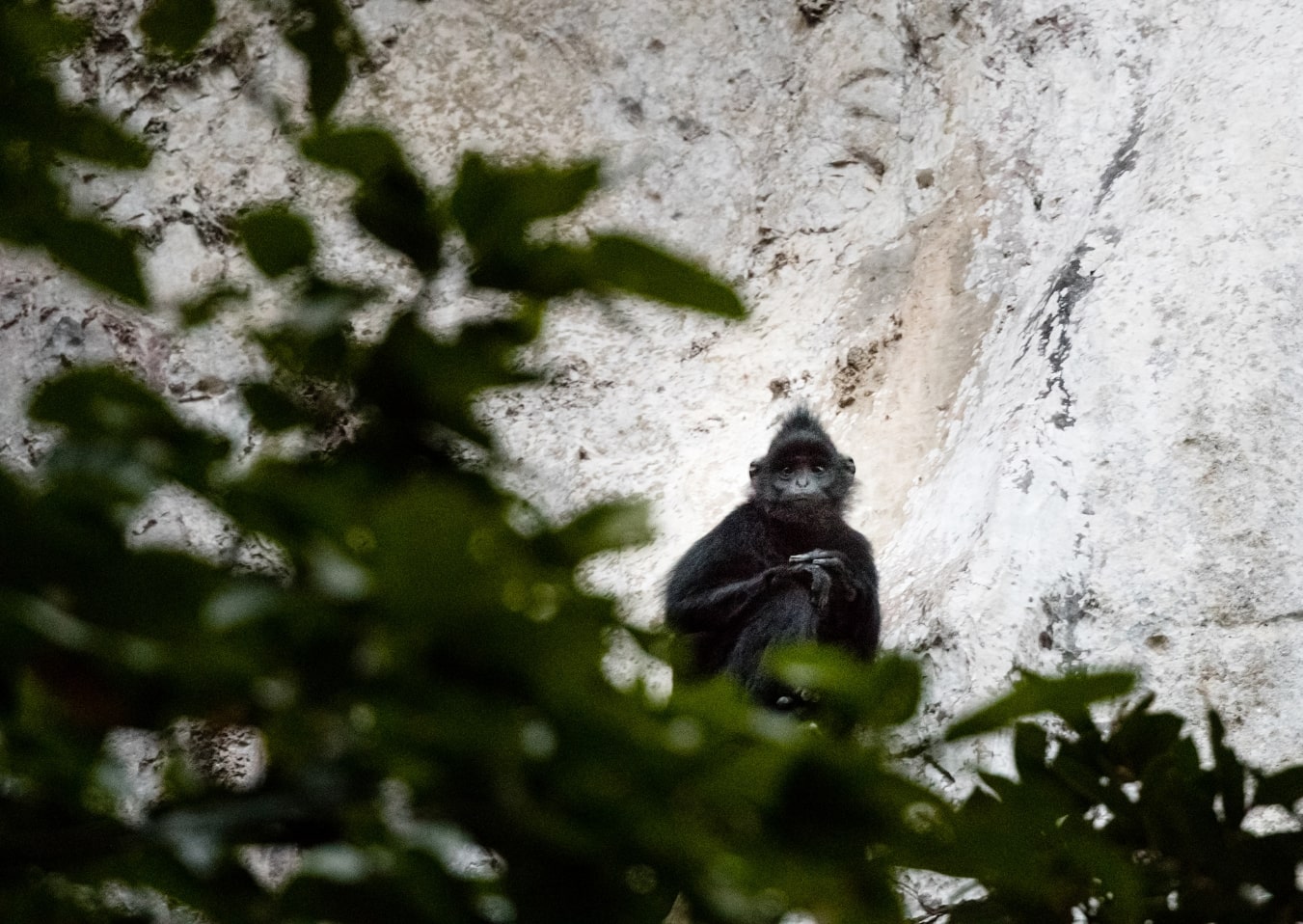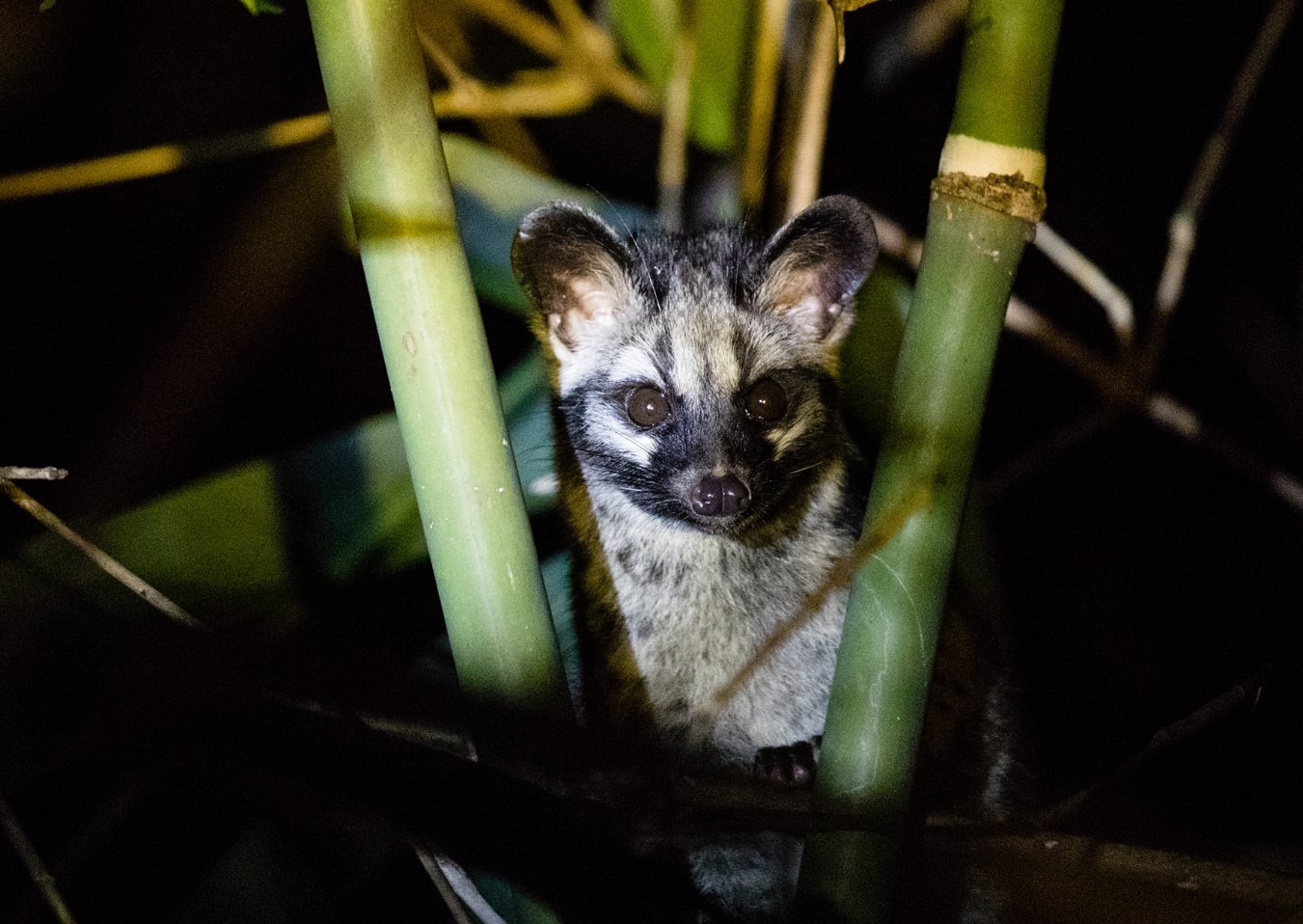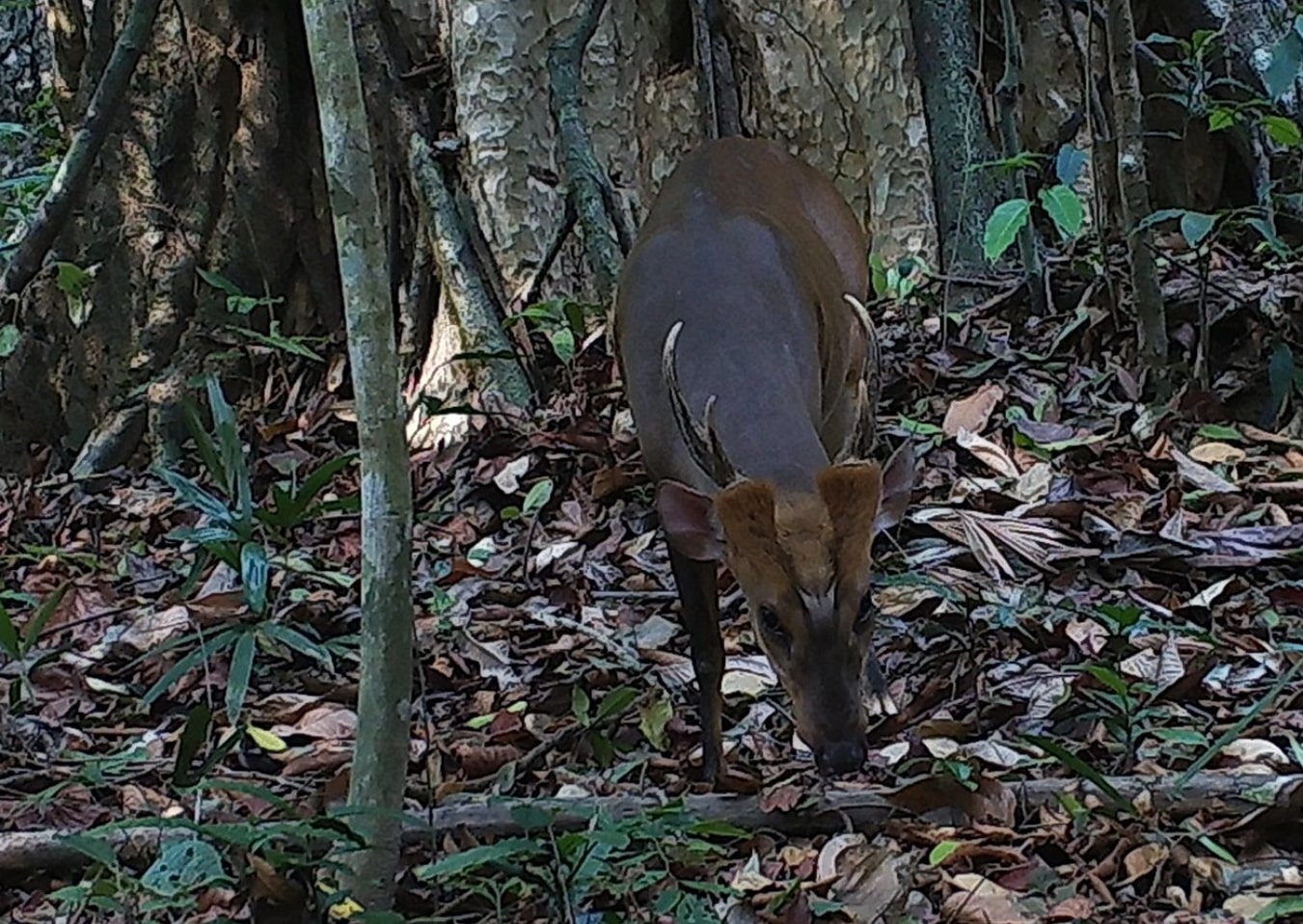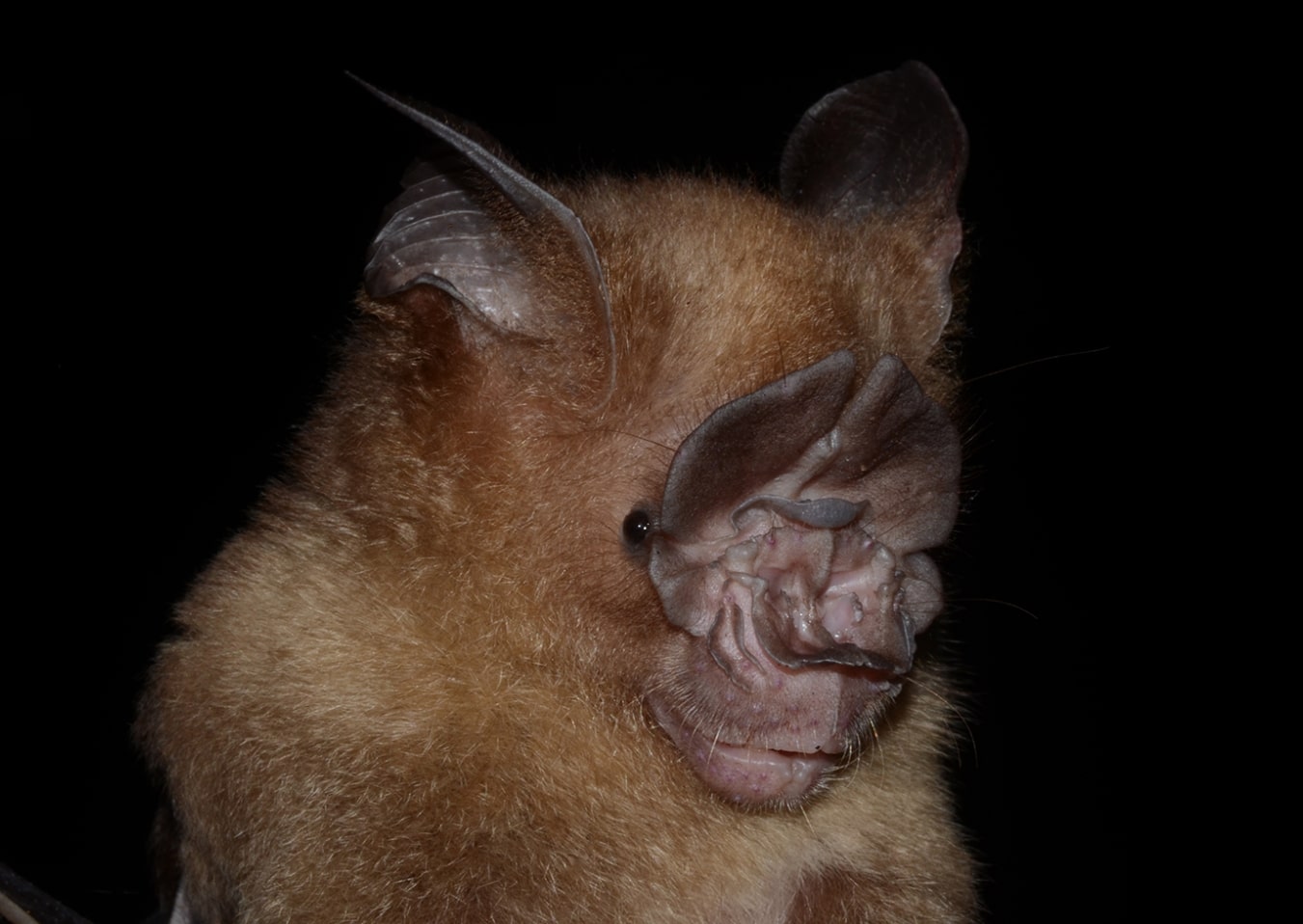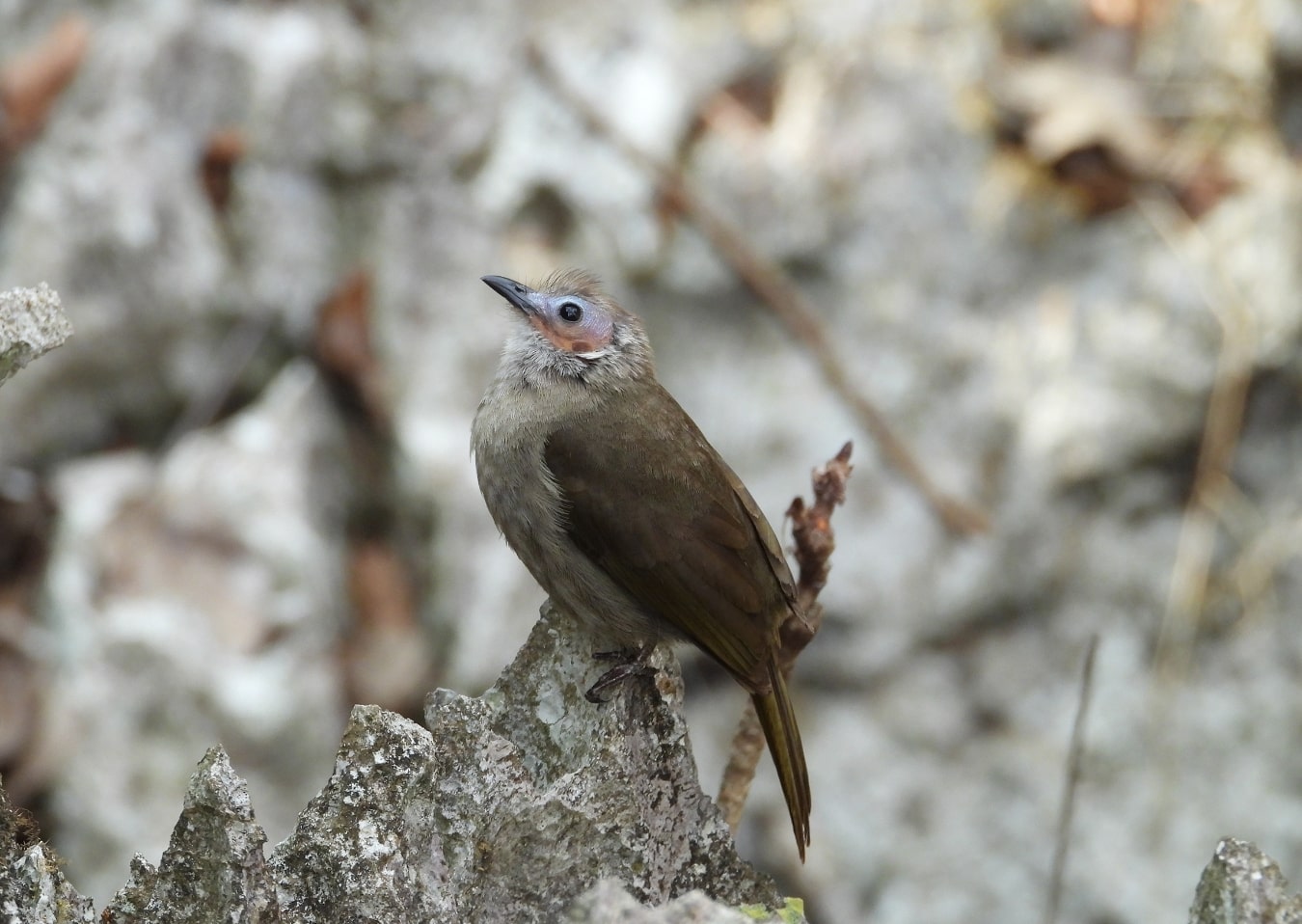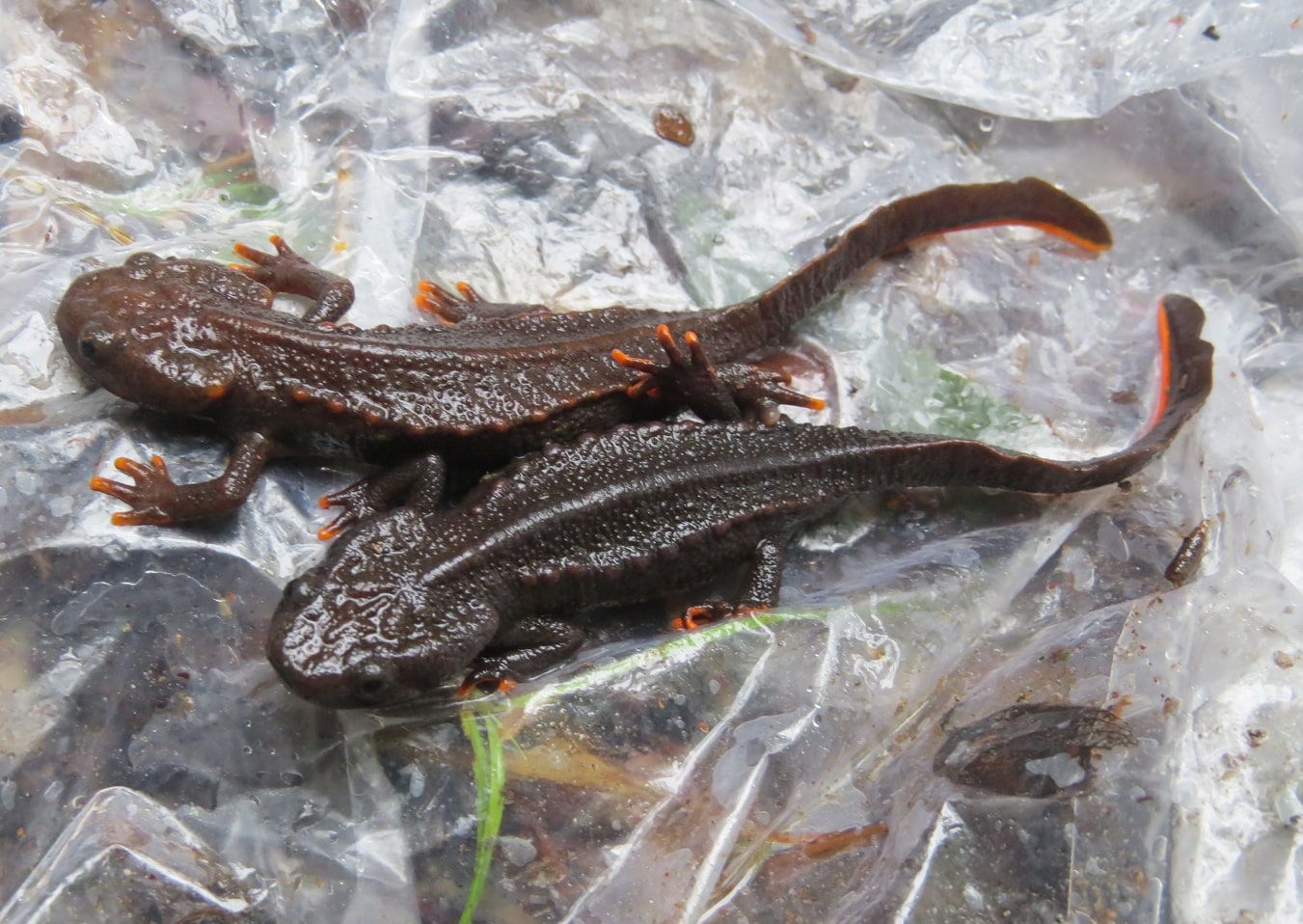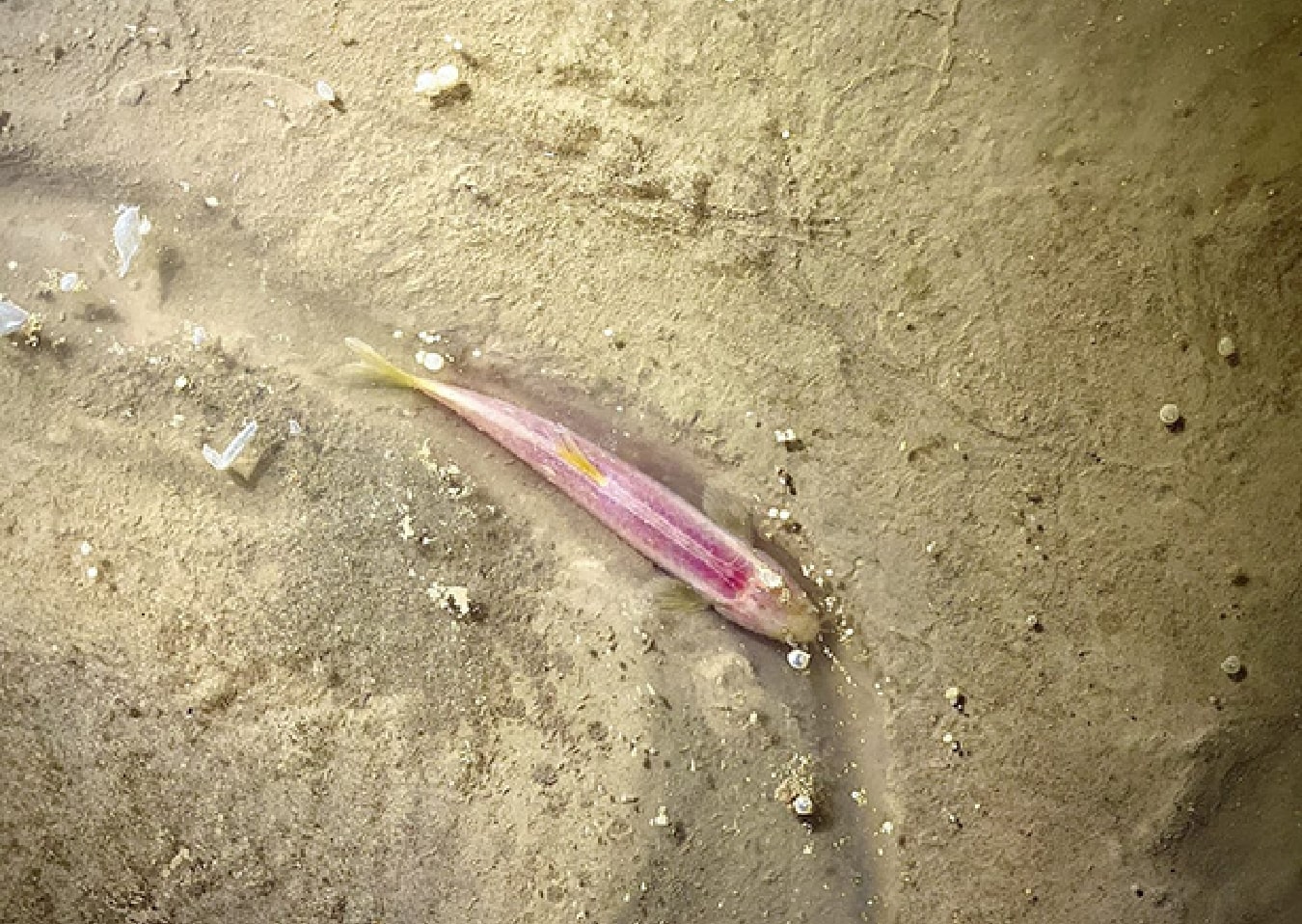ANIMAL OF HIN NAM NO
The Hin Nam No National Park in Lao PDR and Phong Nha-Ke Bang National Park in Vietnam form an impressive conservation complex with a remarkable variety of both terrestrial and freshwater ecosystems. This complex contains over 800 vertebrate species, including 154 mammals, 117 reptiles, 58 amphibians, 314 birds, and 170 freshwater fish species. A significant number of the animal species found in the parks are scarce or threatened, and 38 animal species are even endemic to the Annamite Range, including four primates. The parks also have a high number of terrestrial and aquatic karst specialist species, and play an important role in supporting the long-term population viability of many species. This conservation gem holds many biological secrets yet to be discovered, making it an impressive assortment of the world’s fauna
Nestled within Hin Nam No National Park lies a rich and fascinating world of wildlife. This park is home to an impressive 537 vertebrate species, each with its sole role in the complex ecosystem.
Of particular note are the park’s mammal species, which have received study and conservation efforts. In recent years, researchers have confirmed or re-confirmed the presence of 88 different species, with six more still under investigation.
Hin Nam No National Park is a haven for PRIMATES, with the presence of at least 10 different species, many of which are globally endangered. What makes this park particular is the fact that many of these species are endemic to the park or the Annamite Mountains…
The use of camera trapping technology has allowed the documentation of numerous DEER species within the area. This diverse assemblage of deer includes several species that are globally threatened or near threatened, such as the Sambar Deer (Rusa unicolor), Large-antlered Muntjak (Muntiacus vuquangensis), and Chinese Serow (Capricornis milneedwardsii). Additionally, the presence of the Red Muntjak (Muntiacus muntjak) and Lesser Mouse Deer (Tragulus javanicus) underscores the area’s significance as a sanctuary for this vulnerable fauna.
A variety of CARNIVORES species have been identified, including the Leopard Cat, Common Palm Civet, and Yellow-throated Marten…
The park is home to an impressive 41 BAT species, which accounts for 43% of the total bat fauna found in Lao PDR. The HNN NP’s bat fauna includes one species classified as Near Threatened (Myotis pilosus) and one classified as Vulnerable (Hipposideros scutinares). The property has intact cave and surface-dwelling bat populations, and its undisturbed state, which includes vast cave networks and crucial forest habitats, fosters a diverse group of ecologically important bat species
Vulnerable bat species (Hipposideros scutinares) Credits: GIZ ProFEB / Neil M. Furey…
The herpetofauna of Hin Nam No National Park is rich and diverse, with 98 recorded species of AMPHIBIANS AND REPTILES, including 12 cryptic gecko species that are specific to karst habitats and endemic to the Annamites or the park itself. Two endangered pit viper species are also found in the park, along with several other endangered turtles and tortoises, such as the Indochinese Box Turtle, the Keeled Box Turtle, and the Asian Leaf Turtle. The Lao Knobby Newt, one of only two species of salamanders native to Laos, is also found within the park’s boundaries. However, due to its very limited distribution and potential for traditional medicine use, the Lao Knobby Newt is categorized as vulnerable…
PRESERVATION & MONITORING
The ecosystems found within the Hin Nam No National Park in Lao PDR and Phong Nha-Ke Bang National Park in Vietnam are exceptionally varied and unmatched. They hold an immense ecological value as they support the survival of various animal species that exist only in these regions. Preserving these fragile environments is vital to guarantee the ongoing existence of these species.
Park management is responsible for overseeing the conservation efforts, including monitoring the health of the ecosystems, managing visitor access, and implementing measures to protect the park from human impact.
The rangers of the park play a crucial role in enforcing the rules and regulations as well as monitoring, confirming, and understanding the park’s different species.
In addition to rangers, the accounts of local villagers are also essential in understanding the ecology of the park. Villagers who live nearby often have valuable knowledge of the plants and animals that reside there.
Finally, camera traps are also a useful tool in monitoring the animal species that reside in the parks. These traps take photos of animals as they move through the park, providing information on the species present and their behaviors.
Nestled within Hin Nam No National Park lies a rich and fascinating world of wildlife. This park is home to an impressive 537 vertebrate species, each with its sole role in the complex ecosystem.
Of particular note are the park’s mammal species, which have received study and conservation efforts. In recent years, researchers have confirmed or re-confirmed the presence of 88 different species, with six more still under investigation.
Hin Nam No National Park is a haven for PRIMATES, with the presence of at least 10 different species, many of which are globally endangered. What makes this park particular is the fact that many of these species are endemic to the park or the Annamite Mountains. Depending on the categorization of the Black Langur (Trachypithecus ebenus), endemic to the rocky limestone habitats of HNN NP, there could even be 11 species present.
Other primate species include the Red-Shanked Douc Langur (Pygathrix nemaeus) who mostly inhabit large trees in closed-canopy forest. This habitat is also the home of the Southern White-Cheeked Crested Gibbon (Nomascus siki), as well as for the nocturnal and rarely seen Bengal Slow Loris (Nycticebus bengalensis) and Pygmy Slow Loris (Nycticebus pygmaeus). In addition, the park is home to five species of Macaques, including the Stump-tailed Macaques (Macaca arctoides), which are the most commonly sighted. The other Macaque species recorded are the long-tailed Macaques (Macaca fascicularis), the Northern Pig-tailed Macaque (Macaca leonine), Rhesus Macaque (Macaca mulatta), and Assamese Macaque (Macaca assamensis).
The presence of so many unique and endangered primate species in Hin Nam No National Park highlights the importance of preserving this area as a critical habitat for primate conservation. It also serves as a testimony to the diversity of life that can be found in the Annamite Mountains.
The use of camera trapping technology has allowed the documentation of numerous DEER species within the area. This diverse assemblage of deer includes several species that are globally threatened or near threatened, such as the Sambar Deer (Rusa unicolor), Large-antlered Muntjak (Muntiacus vuquangensis), and Chinese Serow (Capricornis milneedwardsii). Additionally, the presence of the Red Muntjak (Muntiacus muntjak) and Lesser Mouse Deer (Tragulus javanicus) underscores the area’s significance as a sanctuary for this vulnerable fauna.
A variety of CARNIVORES species have been identified, including the Leopard Cat, Common Palm Civet, and Yellow-throated Marten. Ranger patrols have also reported sightings of bears and otters, but identification is still pending.
SMALL AND MEDIUM-SIZED MAMMALS in HNN have been identified through camera-trap images and observations in other surveys. These include multiple shrew species, numerous rodents, such as squirrels, mice, rats, Lao Rock Rats, porcupines, and the Lagomorph Annamite Striped Rabbit. The highly endangered Sunda Pangolin, the most trafficked wild animal in the world, has also been observed in the area through camera-trap and ranger patrols. However, identification of these smaller animals through can be challenging, which limits the documentation of specific species. The presence of these mammal species in HNN adds to the area’s ecological worth.
The park is home to an impressive 41 BAT species, which accounts for 43% of the total bat fauna found in Lao PDR. The HNN NP’s bat fauna includes one species classified as Near Threatened (Myotis pilosus) and one classified as Vulnerable (Hipposideros scutinares). The property has intact cave and surface-dwelling bat populations, and its undisturbed state, which includes vast cave networks and crucial forest habitats, fosters a diverse group of ecologically important bat species
The BIRD species found in HNN NP, numbering 256 in recent years, represent a significant contribution to the site’s biodiversity. The presence of several endangered bird species, including the Red-collared Woodpecker, four (probably five) Hornbill species, the Grey-headed Parakeet, the Fairy Pitta, and the White-winged Duck, highlights the high value of the area for conservation efforts. Additionally, HNN NP is home to several endemic bird species, such as the Bare-faced Bulbul, the Sooty Babbler, and the Limestone Leaf Warbler, which are locally common with stable populations, underscoring the irreplaceable nature of the site’s avian diversity.
The herpetofauna of Hin Nam No National Park is rich and diverse, with 98 recorded species of AMPHIBIANS AND REPTILES, including 12 cryptic gecko species that are specific to karst habitats and endemic to the Annamites or the park itself. Two endangered pit viper species are also found in the park, along with several other endangered turtles and tortoises, such as the Indochinese Box Turtle, the Keeled Box Turtle, and the Asian Leaf Turtle. The Lao Knobby Newt, one of only two species of salamanders native to Laos, is also found within the park’s boundaries. However, due to its very limited distribution and potential for traditional medicine use, the Lao Knobby Newt is categorized as vulnerable. The identification of several new species in recent years suggests that even more unique and endemic species may be waiting to be discovered.
The park also hosts an abundant population of FRESHWATER FISH, with 96 species identified so far. Some of these species have significant economic value and are protected in Village Fish Conservation Zones. The discovery of two cave-adapted fish species, Speolabeo musaei and Schistura kaysonei, highlights the distinctive nature of the aquatic life within and around the park.
Hin Nam No National Park is finally home to an incredibly range of INVERTEBRATE species, many of which cannot be found anywhere else in the world. These species include the Giant Huntsman spider, the Cave Huntsman spider, a Pseudochactid scorpion, a Psechrid spider, a Theriodosomatid spider, the Giant Laotian Harvestman, a Cave Centipede, a Freshwater Shrimp, a cockroach, cave crickets, and an owlet Moth. The park’s cave fauna is particularly noteworthy, with high levels of endemism and a remarkable amount of species. The discovery of the largest spider in the world, the Giant Huntsman spider, within the park’s karst areas further accentuate the outstanding nature of Hin Nam No National Park’s invertebrate fauna.

